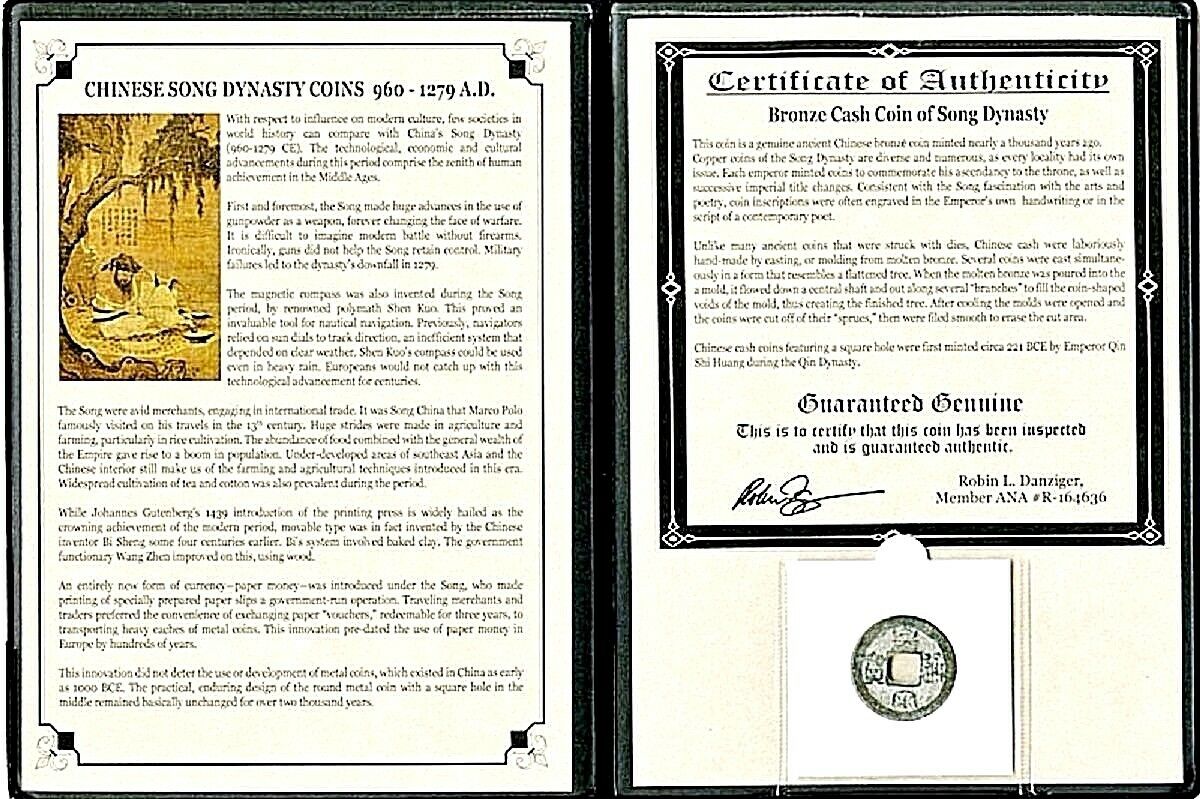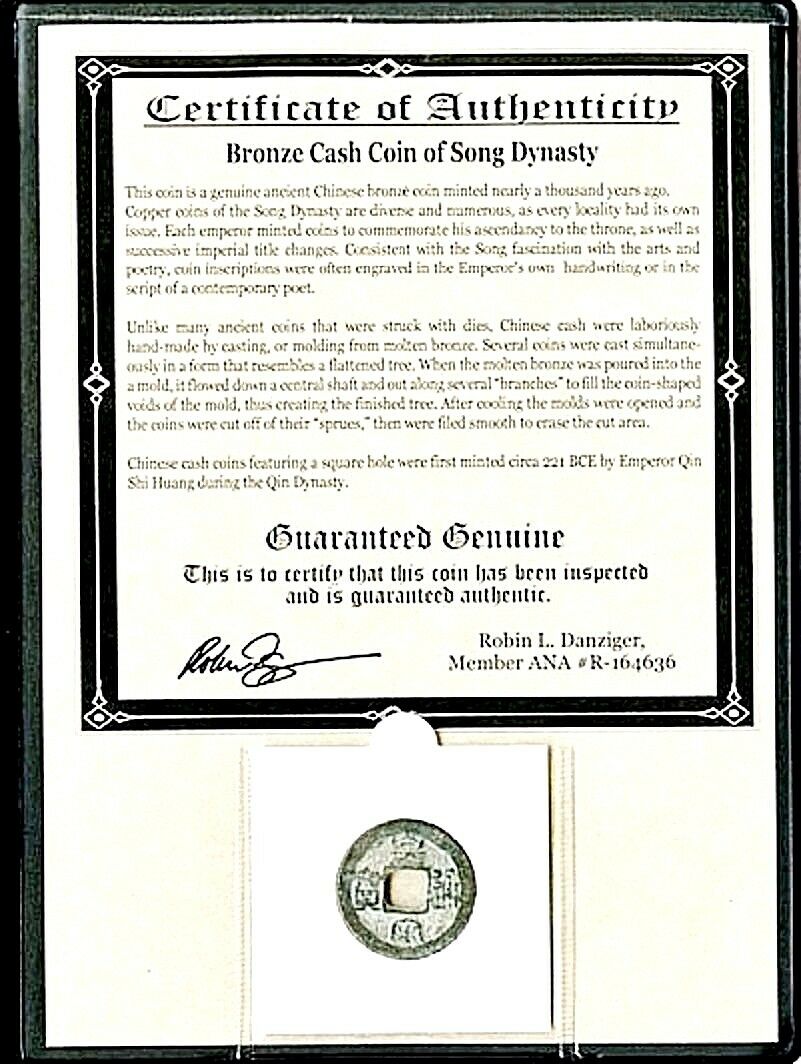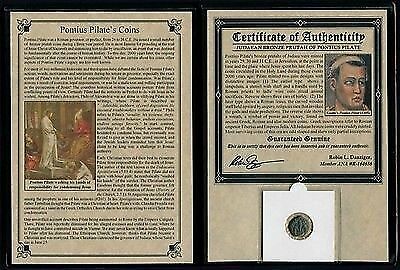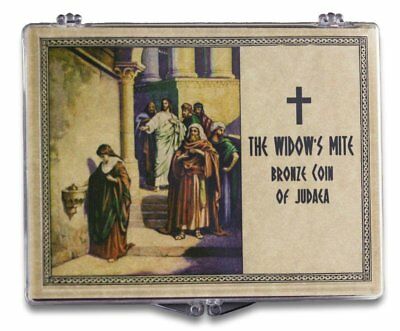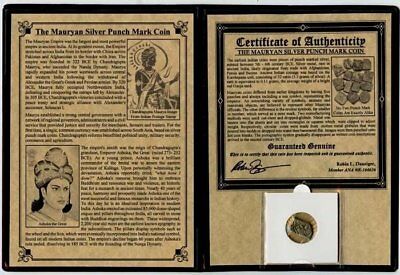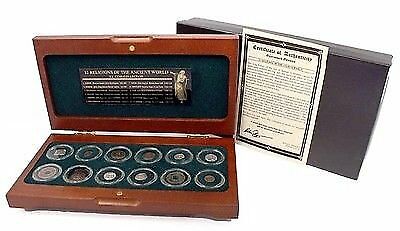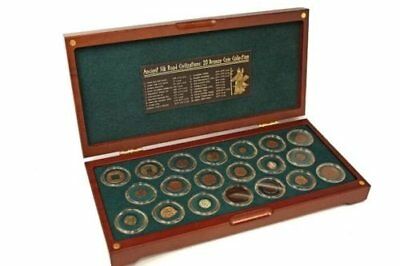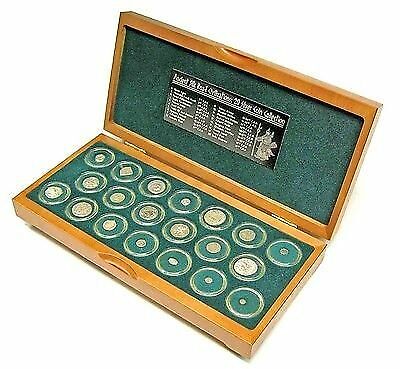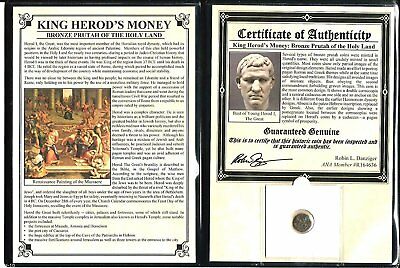-40%
Ancient Chinese Song Dynasty Coin,960-1279 CE With Story,Album & Certificate
$ 14.46
- Description
- Size Guide
Description
Ancient Chinese Song Dynasty Coin,960-1279 CE With Story, Album & Certificate.With respect to influence on modern culture, few societies in world history can compare with China’s Song Dynasty (960-1279 CE). The technological, economic and cultural advancements during this period comprise the zenith of human achievement in the Middle Ages. First and foremost, the Song made huge advances in the use of gunpowder as a weapon, forever changing the face of warfare. It is difficult to imagine modern battle without firearms. Ironically, guns did not help the Song retain control. Military failures led to the dynasty’s downfall in 1279. The magnetic compass was also invented during the Song period, by renowned polymath Shen Kuo. This proved an invaluable tool for nautical navigation. Previously, navigators relied on sun dials to track direction, an inefficient system that depended on clear weather. Shen Kuo’s compass could be used even in heavy rain. Europeans would not catch up with this technological advancement for centuries. The Song were avid merchants, engaging in international trade. It was Song China that Marco Polo famously visited on his travels in the 13th century. Huge strides were made in agriculture and farming, particularly in rice cultivation. The abundance of food combined with the general wealth of the Empire gave rise to a boom in population. Under-developed areas of southeast Asia and the Chinese interior still make us of the farming and agricultural techniques introduced in this era. Widespread cultivation of tea and cotton was also prevalent during the period. While J ohannes Gutenberg’s 1439 introduction of the printing press is widely hailed as the crowning achievement of the modern period, movable type was in fact invented by the Chinese inventor Bi Sheng some four centuries earlier. Bi’s system involved baked clay. The government functionary Wang Zhen improved on this, using wood. An entirely new form of currency—paper money—was introduced under the Song, who made printing of specially prepared paper slips a government-run operation. Traveling merchants and traders preferred the convenience of exchanging paper “vouchers,” redeemable for three years, to transporting heavy caches of metal coins. This innovation pre-dated the use of paper money in Europe by hundreds of years. This innovation did not deter the use or development of metal coins, which existed in China as early as 1000 BCE. The practical, enduring design of the round metal coin with a square hole in the middle remained basically unchanged for over two thousand years.This coin is a genuine ancient Chinese bronze coin minted nearly a thousand years ago. Copper coins of the Song Dynasty are diverse and numerous, as every locality had its own issue. Each emperor minted coins to commemorate his ascendancy to the throne, as well as successive imperial title changes. Consistent with the Song fascination with the arts and poetry, coin inscriptions were often engraved in the Emperor's own handwriting or in the script of a contemporary poet. Unlike many ancient coins that were struck with dies, Chinese cash were laboriously hand-made by casting, or molding from molten bronze. Several coins were cast simultaneously in a form that resembles a flattened tree. When the molten bronze was poured into the a mold, it flowed down a central shaft and out along several “branches” to fill the coin-shaped voids of the mold, thus creating the finished tree. After cooling the molds were opened and the coins were cut off of their “sprues,” then were filed smooth to erase the cut area. Chinese cash coins featuring a square hole were first minted circa 221 BCE by Emperor Qin Shi Huang during the Qin Dynasty. Coins and banknotes are packaged in a handsome leatherette folder, along with story and certificate of authenticity.
Chinese bronze cash coin, 960-1279 W: 2.8-4.1 g; D: 24-25.5 mm Obverse: Chinese characters - uniface Image shows typical coins, not to scale and is for illustration purpose only.
Coin type and grade may vary somewhat from image
ANA Platinum Member,# 3163853
Over 24,000 positiveFeedbacks
NGC Member
All Items Ship Priority Mail.
